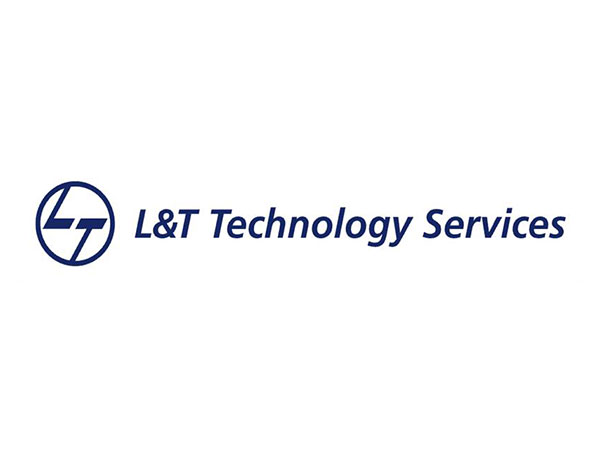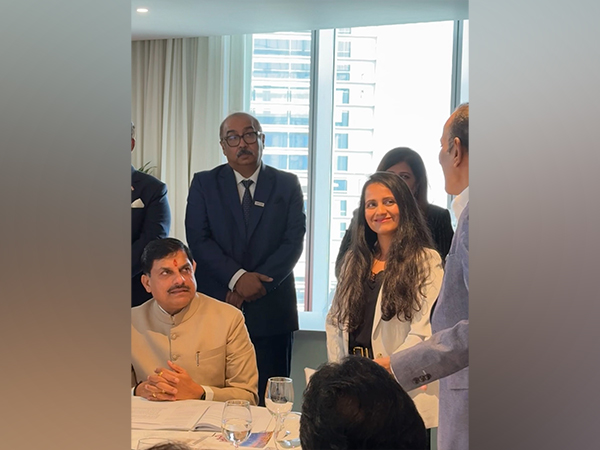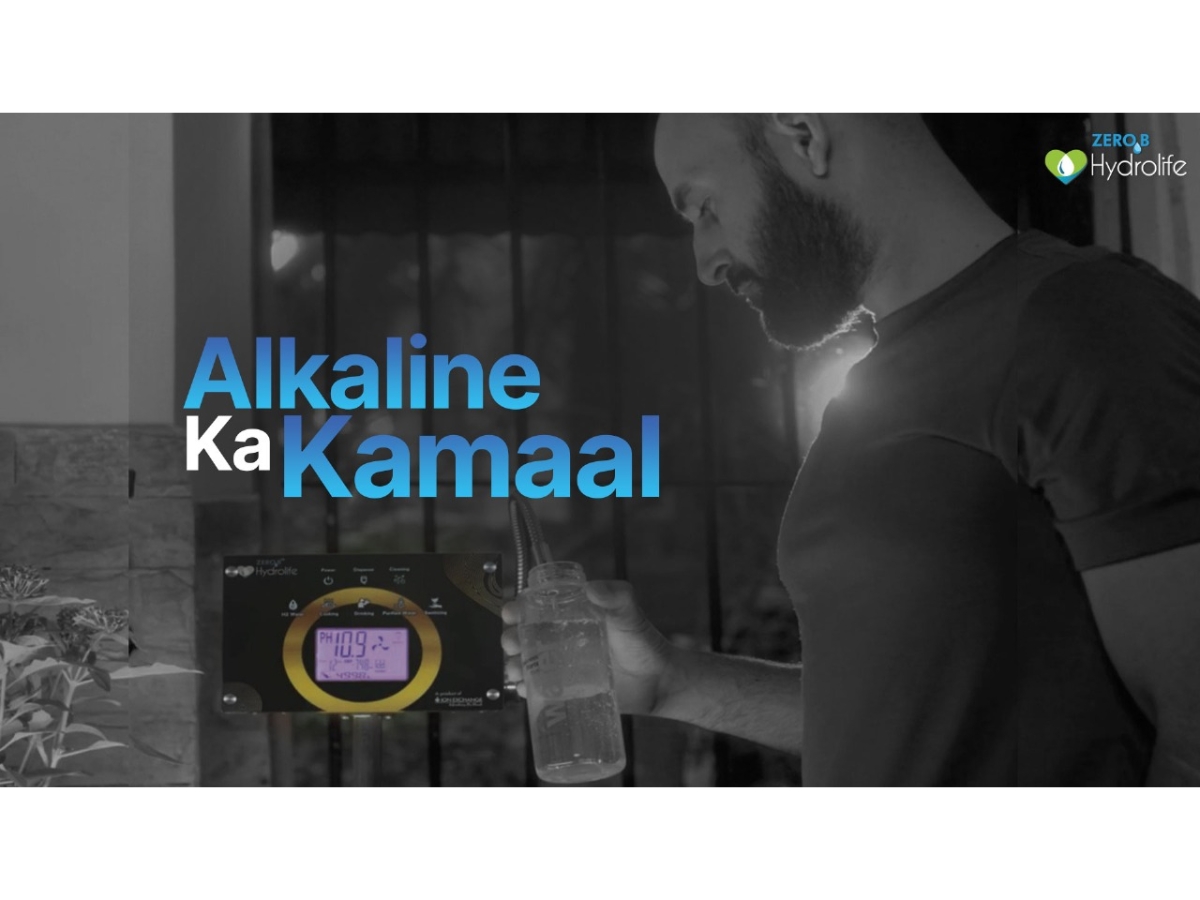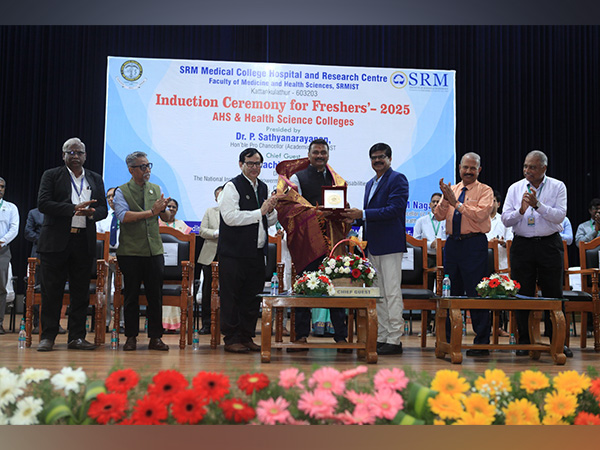Can an Event Think for Itself? The Role of Autonomous AI in Managing Live Consumer Interactions
Jul 16, 2025
NewsVoir
Mumbai (Maharashtra) [India], July 16: Picture this: You're at a product launch. The energy in the room is shifting. People checking phones, conversations getting louder, attention drifting. Then something interesting happens. The lighting subtly adjusts, the background music changes tempo, and the presenter seamlessly pivots to a more engaging story. No one signalled for these changes. The event seemed to know what was needed.
This isn't science fiction anymore. We're entering an era where autonomous AI can read a room and respond in real-time. But here's what I've learned after two decades of building experiences: technology might tell us what's happening, but only humans can decide what it means.
What Does It Mean for an Event to "Think"?
When we talk about events thinking, we're not suggesting they become sentient. We're asking whether they can:
* Respond dynamically to what's happening in real-time
* Adapt based on audience behavior and sentiment
* Predict what people might need before they realize it themselves
This represents a fundamental shift from rigid, pre-programmed experiences to intelligent systems that learn and evolve. Instead of one-size-fits-all productions, we're moving toward events that feel more like living organisms, are reactive, intuitive, and alive to context.
The Technology Behind the Magic
Autonomous AI in events isn't about adding chatbots or fancy registration systems. It's about layered intelligence working across the entire experience lifecycle.
Emotion and Engagement Detection uses smart cameras and sensors to track facial expressions, movement patterns, and dwell time, providing real-time insights into audience interest levels.
Predictive Crowd Management analyzes flow patterns to anticipate bottlenecks before they happen, automatically adjusting signage or staff deployment to keep things moving smoothly.
Personalized Experiences adapt in real-time--digital displays change based on who's approaching, booth presentations adjust to visitor profiles, even catering options can shift based on group preferences.
But here's the crucial point: AI provides the data, not the decisions. It can tell us that energy is dropping in section B, but it takes human insight to understand why and what to do about it.
Real-World Applications Today
This isn't theoretical. I've seen these systems in action across different event types:
Luxury Weddings are using facial recognition to identify VIP guests at entry, triggering personalized welcome messages and photo auto-tagging. Playlists adapt based on crowd mood sensors, creating moments that feel perfectly timed without obvious intervention.
Corporate Events leverage AI-powered engagement tracking that goes beyond simple headcounts. Gaze tracking and dwell time provide insights into actual interest levels, helping organizers understand what content resonates and what falls flat.
Retail Activations employ emotion-recognition tools to adjust lighting, product displays, and even scent diffusion based on real-time audience mood data.
The pattern is clear: AI excels at observation and pattern recognition. But the creative interpretation - the spark that transforms data into meaningful moments - that's still uniquely human.
The Indian Context: Innovation Meets Human Connection
In India, our events industry is fundamentally people-driven. We thrive on emotion, controlled chaos, and human connection. From wedding decorators to stagehands to caterers, it's a labor-intensive ecosystem that creates livelihoods for millions.
This doesn't mean we should resist innovation. It means we need to innovate thoughtfully.
AI can handle repetitive tasks such as guest flow optimization, logistics coordination, technical cue management, which frees our creative teams to focus on what they do best: crafting emotional and aesthetic experiences that resonate.
The technology enables scale and efficiency. The human touch creates value and meaning.
As I often say to my team: "AI might do the heavy lifting, but it's design that makes the difference. Without the human pulse, everything starts feeling the same."
This balance might be our biggest competitive advantage. While global markets rush toward full automation, we can pioneer a model that amplifies human creativity rather than replacing it.
Sector-Specific Opportunities
The majority of my experience has been in corporate events - where we can use autonomous systems to re-sequence sessions based on real-time engagement data or suggest speaker adjustments.
But understanding what message will actually move a business audience? That requires human insight into industry dynamics and organizational culture.
The common thread: AI provides patterns and possibilities. Meaning comes from the people designing the experience.
The Trust Factor
As events become smarter, we must address some uncomfortable questions:
Do attendees know they're being tracked? Where does personalization end and surveillance begin? Are we designing for human agency or just operational efficiency?
Building trust requires transparency, consent, and intentionality at every level. No matter how intelligent our systems become, trust remains fundamentally human.
We need clear protocols about data collection and usage. Attendees should understand what information is being gathered and how it enhances their experience. The goal should always be empowerment, not manipulation.
Looking Forward: Events as Living Experiences
The metaphor of events as living organisms is powerful--experiences that sense, respond, and evolve in real-time. They listen before they speak.
AI can help us build this capability. But what happens next, what each moment becomes, remains in human hands.
I've seen too many technology implementations fail because they prioritized efficiency over experience, data over emotion. The most successful integrations I've witnessed started with a simple question: "How does this make people feel more connected, not less?"
The Human-AI Partnership
Autonomous AI isn't a replacement for human experience--it's a tool that sharpens our view, speeds up decisions, and manages complexity. It can tell us that attention is waning in section C or that traffic flow is backing up at entrance 2.
But the creative response - dimming lights to create intimacy, opening alternate pathways that feel natural rather than forced, timing the perfect musical transition - that synthesis of observation and intuition remains uniquely human.
The future isn't about events that think independently. It's about events where human creativity is amplified by intelligent systems that handle technical complexity, leaving us free to focus on what we do best: creating moments that matter.
As someone who's built experiences across multiple sectors, I'm excited about a future where technology handles the logistics so we can focus on the magic. Where AI provides the insights and humans create the meaning.
The event might notice what's happening. But only we can make it matter.
*Krishna Anand is a multi-venture entrepreneur and Co-founder of Bread Butter Jamm, a 360° marketing communications firm. He has over two decades of experience creating experiences across events, marketing, and brand management.*
Article by: Krishna Anand- Co-founder of Bread Butter Jamm
(ADVERTORIAL DISCLAIMER: The above press release has been provided by NewsVoir. ANI will not be responsible in any way for the content of the same)








